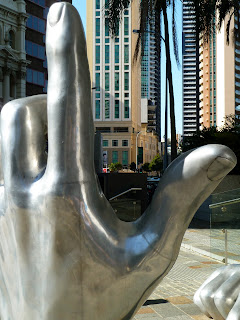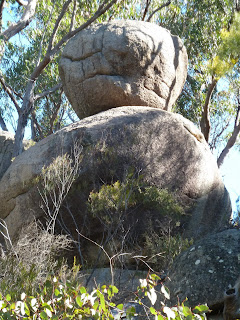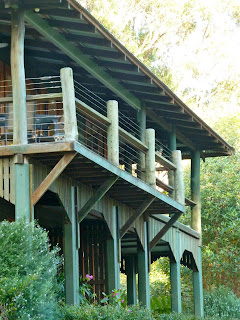The main threats to koalas today are habitat loss, urban development (principally in the form of traffic accidents and dog attacks), logging, drought, bushfires and disease (especially clamydia). Koalas should be on the watch list.
A Parliamentary committee recently unanimously recommended 19 measures to protect them. These include protection under national law; better national monitoring; habitat mapping of critical areas; and identification of priority spots for koala conservation. These recommendations are likely to become law by the end of the year. 'It's been two hundred years coming,' says Tabart.
• Koalas are not found in Western Australia, Northern Territory or Tasmania. They were wiped out in South Australia during the early 20th century. A hundred years later the state was repopulated with Victorian koalas, but they are still rare, with the exception of Kangaroo Island. Today koalas are considered 'vulnerable' in southeast Queensland and parts of New South Wales. They are probably thriving best in Victoria.
• Queensland koalas are smaller than those found elsewhere and have lighter grey fur, which is also thinner and not as long, presumably because it's hotter here.
• Koalas are not bears, but were labelled as such by European settlers.
• They are arboreal herbivores and native to this continent. Their nearest relative is the wombat. They are marsupials, which means they give birth to relatively undeveloped young, for a mammal. After it's born, a joey crawls into its mother's pouch and stays there, suckling, for about six months. Once it ventures beyond the pouch, a young joey stays with its mother until it is about a year old.
• There is no collective noun for koalas because they are fairly solitary animals. They do share territory, however, where they are referred to as koala 'populations' or 'colonies'.
• Koalas famously eat eucalyptus leaves (mostly), but, contrary to popular myth, they don't get high on them. They prefer some gum trees to others, but none of them are particularly nutritious. The leaves – a koala eats about 500g of them a day – take a lot of chewing and contain toxins. A koala spends more than half its waking hours – which aren't that many, between three and five – eating. It sleeps or sits in a sort of torpor the rest of the time. Like a sloth, a koala has a very low metabolic rate. It gets most of the moisture it needs from the eucalyptus leaves so it drinks very little. A young joey acquires the microbes that enable its digestive system to deal with eucalyptus leaves from its mother.
• Millions of years ago, koalas lived in rainforest. Then the climate cooled and rainforest was replaced by eucaplyt forest in many regions. Koalas may have adapted to eating eucalyptus because there was no competition for this 'food'.
• A female koala has one baby a year (twins are very rare), and her reproductive life lasts about 12 years. Gestation is 35 days.
• Koalas walk on all fours on the ground.
• When vast numbers of koalas were culled at the start of the 20th century, there was a public outcry, which perhaps marked the start of environmental campaigning to protect Australian wildlife.




























